Cinema is one of India’s most vibrant cultural products, as well as a major industry, producing the largest number of films in the world. This is the first book to concentrate on the dynamic visual culture of Indian cinema, tracing the development of the popular or commercial cinema in Bombay (Mumbai) since 1913. Drawing on a wide range of sources, Dwyer and Patel trace Bombay cinema’s historical roots in early photography, theatre and chromolithography and its development as a visual regime that has come to dominate Indian public culture. The unique style of this cinema is explored through an analysis of the mise-en-scene of the film itself—the locations, the sets and costumes—and shows how they, along with the song and dance sequences, construct the ‘look’ and meaning of a film. The authors examine the use of hairstyles and make-up in the context of representations of the body in order to explore changing ideas of beauty and sexuality within the film genre. Equally important to India’s visual culture is film publicity. Cinema India explores the development of film advertising and its range of aesthetic influences, from indigenous sources, for example, the Ajanta cave paintings, to foreign styles, such as Art Deco, and examines how cinema publicity material is able to convey social, political and economic information about the society in which it is produced.
India: Contemporary Design: Fashion, Graphics, Interiors
This is a study of the work ...
$67.50
$75.00

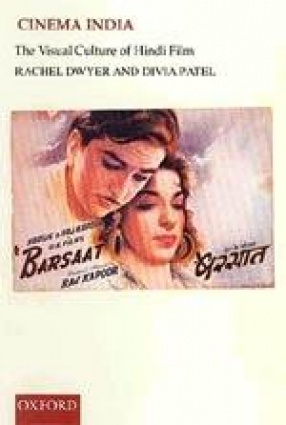
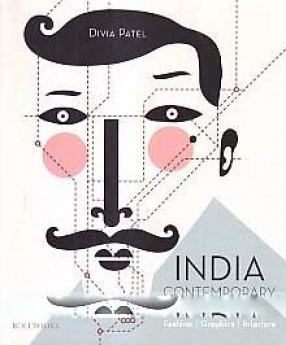

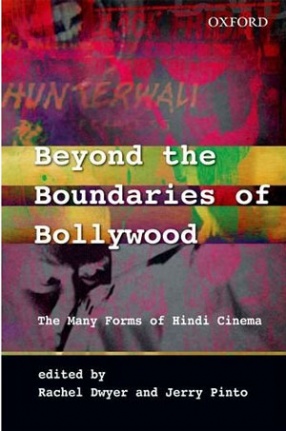
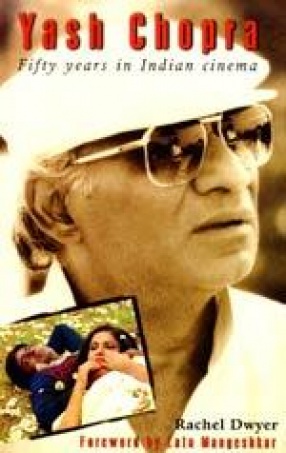


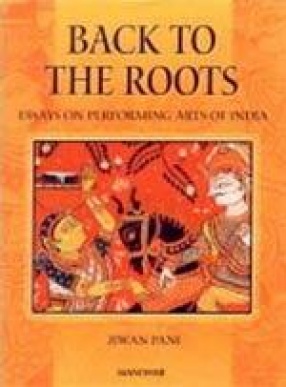
There are no reviews yet.